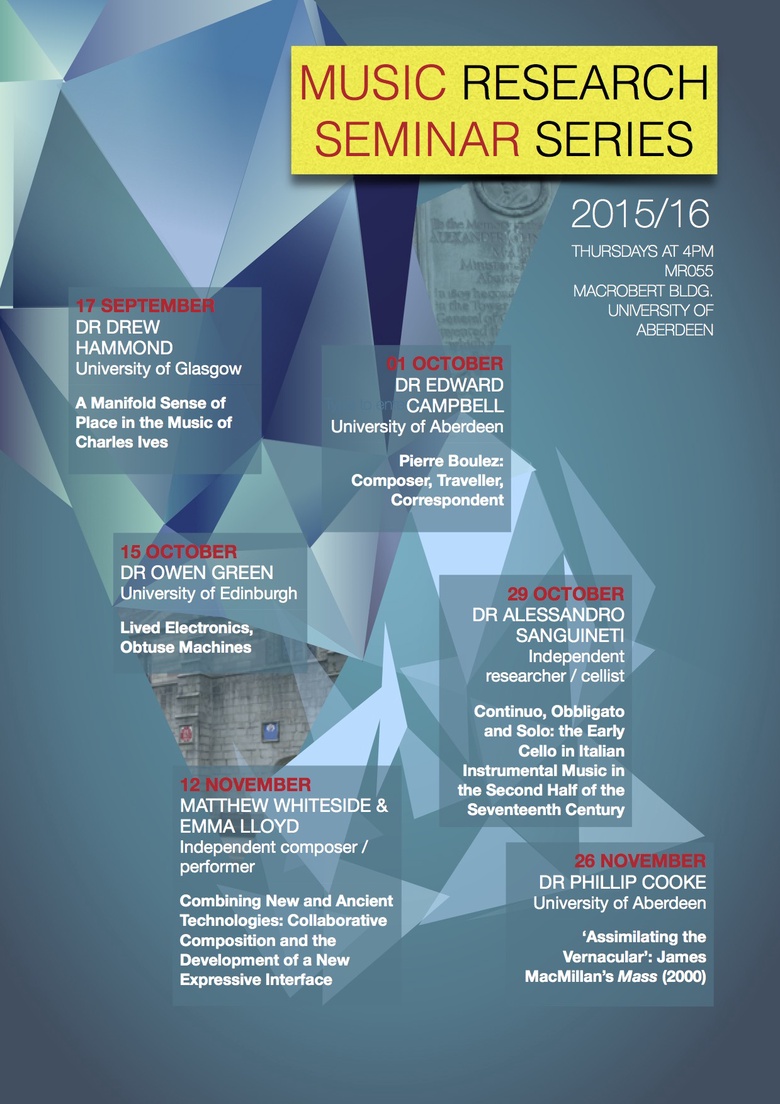- 17 September
-
Dr Drew Hammond
(University of Glasgow)
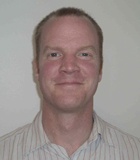
A Manifold Sense of Place in the Music of Charles Ives
Abstract: The 21st century's burgeoning eco-critical perspective in the arts has focussed on the tension between social construction and ecological reality, as well as an examination of the evolving meaning of “place”. This has given us the opportunity to rethink the ways that traditional musicology has tended to address nature as a social construction rather than a manifold physical reality. As such this paper seeks to examine some of the music of Charles Ives with a new lens, in hopes of gaining a better understanding of how I may continue to poeticise place in my own compositions. This will include an introduction to the Organ Spaces Project, through which I am seeking new ways of meaningfully embedding musical performance in a multiform sense of place from the description provided for us by the eco-critic Lawrence Buell, “toward environmental materiality, toward social perception or construction, and toward individual affect or bond” (Buell, The Future of Environmental Criticism, 63.)
Dr Drew Hammond was born and raised in Central Kentucky. He gained a Bachelor of Arts degree from Guilford College, North Carolina, with a major in both jazz and classical piano performance, as well as a minor in Geology. After moving to Boston, Massachusetts he met the composer Bill Sweeney who (in part) convinced him to move to Glasgow, Scotland to study composition. Under Sweeney's supervision, he obtained a Doctorate in composition from Glasgow University in 2009. He has since divided his time between Lecturing at the University of Glasgow and the Royal Conservatoire of Scotland, and building a folio of compositions that are largely rooted in reflections on the natural world and the cultural and physical environments of Central Kentucky and Appalachia. His current research interests align with and build upon the burgeoning areas of 21st century eco-criticism and eco-poetics.
- 01 October
-
Dr Edward Campbell
(University of Aberdeen)

Pierre Boulez: Composer, Traveller, Correspondent
Abstract: This paper focuses on the three tours of South America composer Pierre Boulez undertook with the Renaud-Barrault theatre company in 1950, 1954 and 1956. While drawing on contemporaneous documents and the composer’s writings, a careful reading of Boulez’s letters to John Cage, Pierre Souvtchinsky and Karlheinz Stockhausen enables us to form a vivid picture of the composer’s emerging preoccupations and concerns during three finite and discrete moments of his early career. The letters reveal a young Boulez, conflicted between compositional work and his duties as musical director, rehearsing and conducting music he didn’t value. We discover something of the circumstances in which some key compositions developed, the aborted ‘Coup de dés’ project in 1950, Le Marteau sans maître in 1954 and the ongoing work on the Third Piano Sonata in 1956. We learn something of the competing demands on his time as by 1954 he not only juggles composition, musical direction and the writing of articles, but also the challenge of setting up what would become the Domaine Musical concert series as well as preparing two edited volumes for publication. By 1956, we witness the first steps of Boulez the conductor with the Paris performance of Le Marteau and his first experience with a symphony orchestra in Caracas.
- 15 October
-
Dr Owen Green
(University of Edinburgh)

Lived Electronics, Obtuse Machines
Abstract: The central concern of this talk revolves around the disciplinary health of live electronic music research, and practice-research in music more generally. I suggest that live electronics suffers from a lack of unifying research questions, coupled with an overly atomic culture of research. Consequently, opportunities for the discipline are being missed, given how well placed it should be to engage productively with timely and urgent matters, such as the interplay of institutional and 'lay' musical cultures; the place of music technology in our practices; and the need to develop ways of doing musical history that nurture rather than censor aspirants' musical voices.
I shall establish the background to these ideas as emerging from my recent research developing, composing and performing 'live algorithm' pieces, with particular attention paid to the role of machine listening in this type of work. Given the unusual and quite possibly degenerate ways in which machine listening is used in these pieces (and in other similar work), what is its disciplinary relationship to the more canonical approaches inherited from technical fields? Is there scope for a productive agonism to emerge between artistic and technical research, focused on a discussion of what it is we think these technologies could be, or ought to be, for? In this way, a wider terrain is opened up to consider our ambitions for musical, practically orientated research in terms of its relationships to sister disciplines and wider culture.
- 29 October
-
DR ALESSANDRO SANGUINETI
(Independent researcher / Cellist)
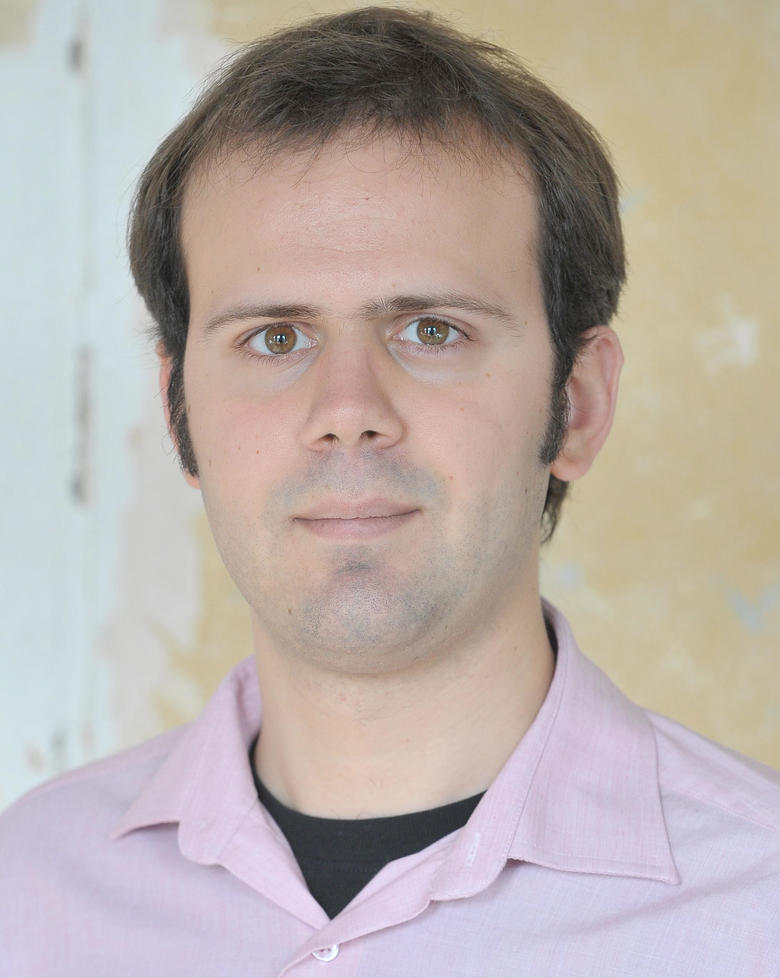
Continuo, Obbligato and Solo: the Early Cello in Italian Instrumental Music in the Second Half of the Seventeenth Century
Abstract: This seminar explores how the bass line for the early cello evolved in Italian instrumental music during the period 1650–95. Composers employed the instrument differently depending on the genre; the performance occasion determined how the instrument contributed to the texture reflecting both practical needs and sonority issues. However, the presence of skilled cellist-composers also resulted in the writing of overtly obbligato or solo parts, such as in the music by Domenico Gabrielli at San Petronio in Bologna. Examining a variety of musical examples, I will discuss how and why composers used the early cello in so many different functions.
- 12 November
-
MATTHEW WHITESIDE & EMMA LLOYD
(Composer & Orchestrator / Performer (University of Edinburgh))
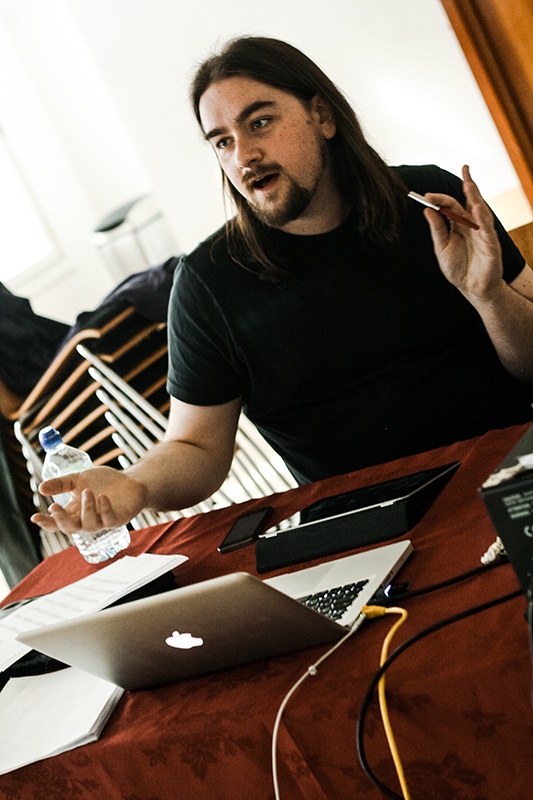
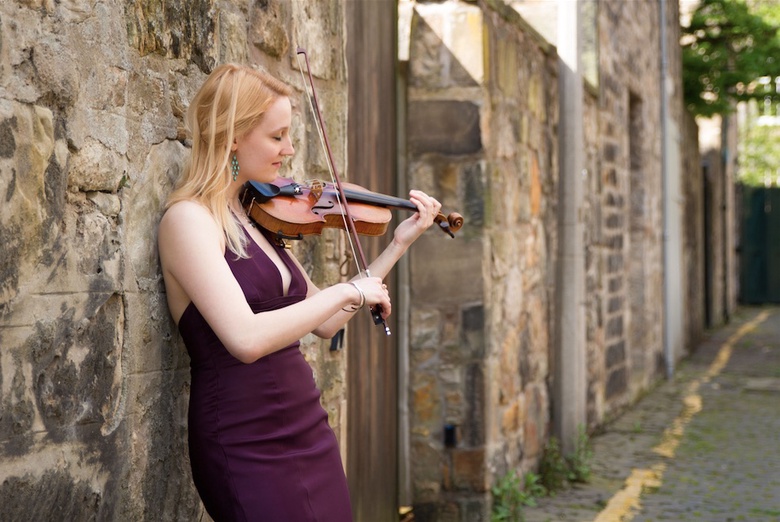
Combining new and ancient technologies: collaborative composition and the development of a new expressive interface
Abstract: This talk details the collaborative work between Emma Lloyd and Matthew Whiteside in the development of a new piece for viola d’amore and live electronics. This project gave rise to the development of a new interface for subtle and intuitive expressive control of electronically generated sounds as an extension of the acoustic instrument. We will also present our joint exploration of the viola d’amore, an under-utilised but fascinating instrument.
- 26 November
-
Dr Phillip Cooke
(University of Aberdeen)
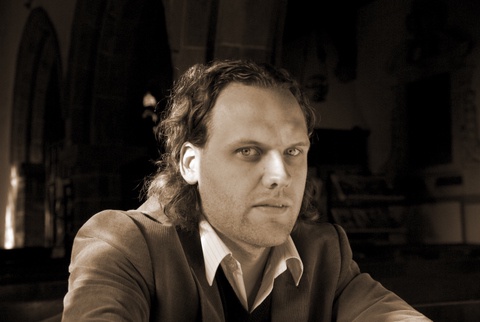
‘Assimilating the Vernacular’: James MacMillan’s Mass (2000)
Abstract:
In a telling statement about his aesthetic from 2003, James MacMillan stated:
It is often said of Tavener’s music that it is a celebration of the risen Christ. Whereas many have said about my music that I seem preoccupied with the crucified Christ, that I seem to be drawn again and again to the Passion. ( James MacMillan, ‘God, Theology and Music’ in Darlington and Kreider (ed.), Composing Music for Worship (Canterbury Press, 2003), 40.)
It may seem slightly incongruous to look specifically at the liturgical music of James MacMillan, a composer for whom the liturgy and the wider influence of Christianity has had such bearing on not just the majority of his musical output, but on his entire compositional ethos and personal philosophy. For the liturgy has provided the basis and starting impulse for not just MacMillan’s large corpus of sacred choral pieces, but for the bulk of his instrumental works, many of which may have been previously thought of as abstract. However, it is precisely this over-riding influence of the liturgy and Catholicism that makes an in-depth look at the purely liturgical works all the more relevant; for here we find the composer stripped of the myriad of allusions and implications that characterise other works and find him working in a specifically explicit manner. Gone are the liturgical chants buried deep in an orchestral texture or the oblique references to liturgical practice – in this paper I will aim to show MacMillan at his most direct and communicative.

